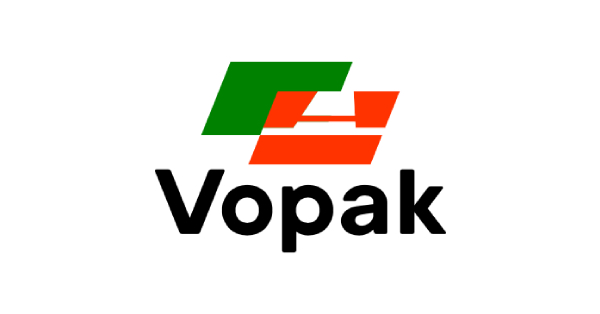Global terminal firm Vopak’s Singapore hub will likely repurpose and retrofit its current assets to store renewables, rather than divest and build new infrastructure, as it grows such capabilities in tandem with the energy transition, said Vopak Singapore’s President Rob Boudestijn in a recent interview with S&P Global Commodity Insights.
“In the short term, we make sure we migrate with the existing markets, when it comes to the expected additional take up on biofuels going into marine fuel oil. Of course, we expect that the additional demand for methanol will start to play out in the coming years,” he said.
“[The moves] will more be related to retrofit of our existing capacity than anything else,” said Boudestijn, adding that Vopak had repurposed some fuel oil capacity in Singapore to store biofuels last year.
This comes after Vopak — which owns 78 terminals across the globe — had divested in “a number of” oil distribution assets in Northwest Europe in recent years, he said.
Renewables’ rise
Singapore — the world’s largest bunkering hub — had seen biofuel sales grow to 140,000 mt in 2022, eclipsing LNG sales of 16,300 mt, MPA data showed.
The bunkering hub is also expecting methanol’s use to pick up following its first successful bio-methanol bunkering operation in July, which Vopak was also a part of. Already, Vopak Singapore handles “almost all” of the methanol coming into the country, said Boudestijn.
“In the slipstream of that, you will see the development or hopefully the execution of the National Hydrogen Strategy through either ammonia, liquid hydrogen, or even liquid hydrogen carriers,” he added.
Launched last year, Singapore’s National Hydrogen Strategy aims to power half of the country’s energy needs with hydrogen by 2050, said its trade and industry ministry.
With ammonia looked at favorably as a viable hydrogen carrier, plans are underway for Vopak to expand its Banyan terminal in Singapore to add new storage capacity for ammonia, with the expansion project’s targeted capacity and projected timeline under study, said Boudestijn.
The company currently has a 10,000 cubic meter tank ammonia storage tank at the terminal which is already importing and distributing ammonia, and it remains the only player that can safely store ammonia in the country, Boudestijn added.
“We also take a keen interest in CO2 capture and storage, and in Singapore, most likely exports, as well as long duration energy storage,” he said.
Pipeline focus
Vopak’s other area of focus in Singapore is to grow its pipelines to solidify its position as a storage hub, as this would reduce the need for waterfront facilities like jetties in the land scarce country.
“Next to renewable energy, [our] growth is mostly focused at industrial pipeline connections and the lighter end of the barrel in its growth. So that’s amongst other gases. Globally, that could be LNG. More locally, it’s gas-related, like for example ammonia, here in Singapore,” said Boudestijn.
For instance, it had recently taken a final investment decision (FID) to create a long-term industrial integration between its Banyan terminal and an existing customer’s new industrial plant.
The company will also invest in new and repurpose existing industrial pipeline connections, as well as adjust some of its existing storage capacity, with the investment expected to be committed in 2025, it said in its financial results for the first half of this year.
Uncertainty ahead
Vopak believes its current hub and logistical model will remain relevant in the near term, despite seeing trade pattern changes in recent months following sanctions on Russian products, substantial OPEC+ cuts in production, and an uptick in US crude output.
“In Singapore, where there’s pretty strong trading liquidity and trading environments, we’ve seen support from [such changes] when it comes to market strength and demand for our services,” said Boudestijn.
“The underlying fundamentals of a hub and spoke system related to logistic efficiencies and trade liquidity, they are still quite likely to remain, but at what location and under what circumstances remains to be seen.”
This comes at a time when there is lack of clarity in terms of which hydrogen carrier would be the carrier of choice for instance, said Boudestijn.
He added that Vopak continuously works with the industry to assess longer term developments and will adjust its portfolio accordingly.
“We’ve got quite high capital allocation compared to many other industries. Our assessments have to be fairly long term. So that means that we don’t step into new developments with high capital needs, without sufficient proof points that there is going to be longevity to that market,” he said.
Source: Platts









































